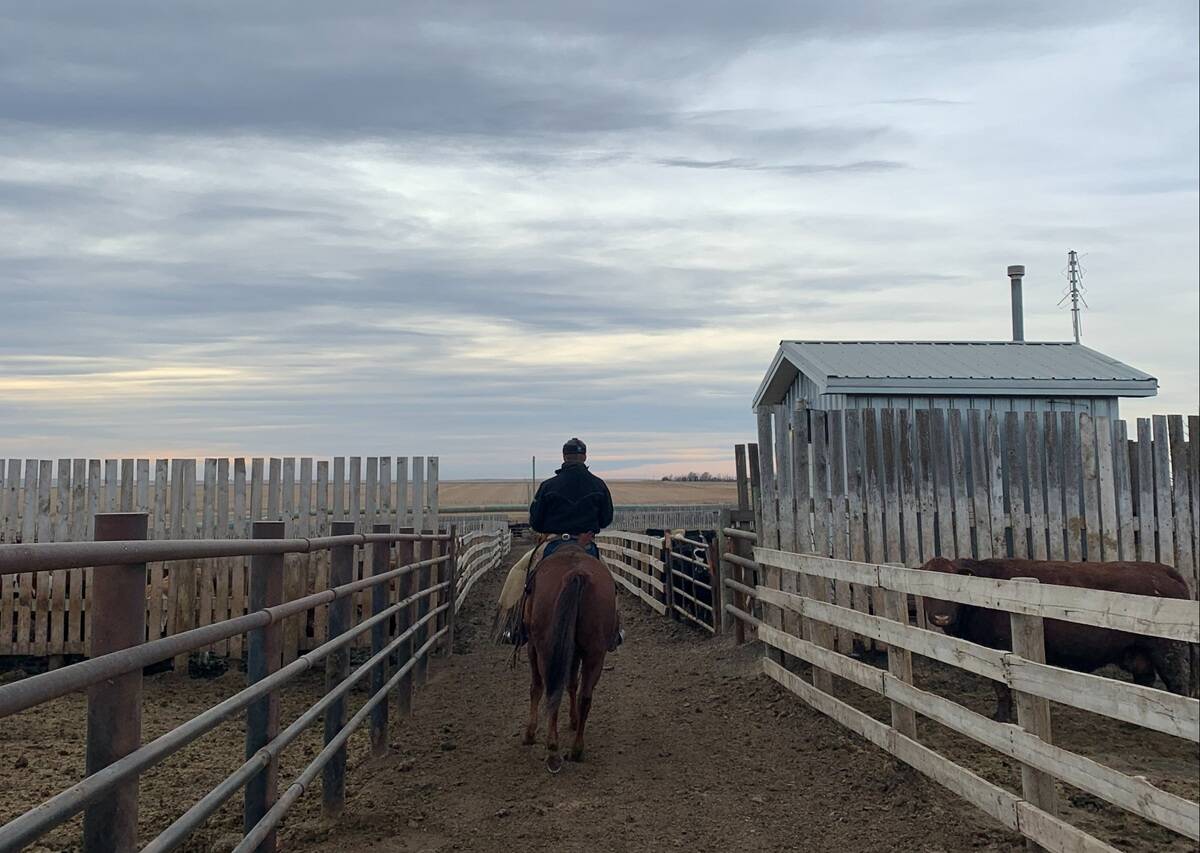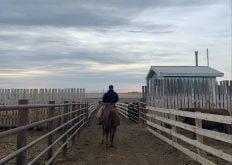How can we build a more competitive, resilient beef processing industry? A report released earlier this spring aims to provide some answers.
On March 14, the Alberta Beef Producers, Alberta Cattle Feeders’ Association and the Canadian Cattle Association released a study into the resiliency and competitiveness of the industry, and identifies barriers to expanding and starting plants.
The study was announced at the Calgary Stampede two years ago.
Read Also

Pen riders still better than tech at detecting respiratory disease in feedlot cattle, says researcher
Recent research found that pen riders are better than tech at flagging signs of BRD in feedlot cattle
“We had just gone through some pretty significant issues,” says Janice Tranberg, president and CEO of the Alberta Cattle Feeders Association. “The Tyson processing plant in Kansas had had a fire. So that constricted processing for the cattle that go to the U.S. And then we had COVID, that shut down a couple of our plants, and I think it was just sort of key of mind to everybody that… what do we need to do to be resilient?”
Tranberg says two main areas were explored for the report: the processing sector and the transparency of the value chain.
To examine both of those things, Tranberg says they had two different groups looking into the two different topics. One conducted a couple of surveys directly with large and small processing plants to identify the major concerns. The other was a report done by researchers from Iowa State University and Kansas State University.
During the pandemic, the processing sector experienced issues with labour shortages. Though labour shortages existed before 2020, the pandemic exacerbated the issue.
The sector faces other challenges as well. Remaining specified risk material (SRM) regulations, implemented after BSE, are viewed as lost revenue potential for larger packers and an additional cost for smaller ones. Other issues include access to capital for provincial abattoirs, pathfinding and regulatory compliance and friction when accessing markets.
Tranberg said one of the big considerations with the report was differences in how issues affected large vs. smaller processors.
“We wanted to be able to focus on small to medium plants. What were their concerns that were perhaps different or over and above what the major packers were having? How do we actually help or assist or build that resilience?”
Going forward, Tranberg says with the priorities identified, she hopes to see movement in the industry.
“We’ll continue to advocate on the need and put forward recommendations, particularly as our government goes into the election. And in the next few weeks, we’ll be putting forward our asks and then really, at this point in time, the big thing is we need to wait to see what the results of that election are, and that will really help us determine our direction and how we move forward.”

















